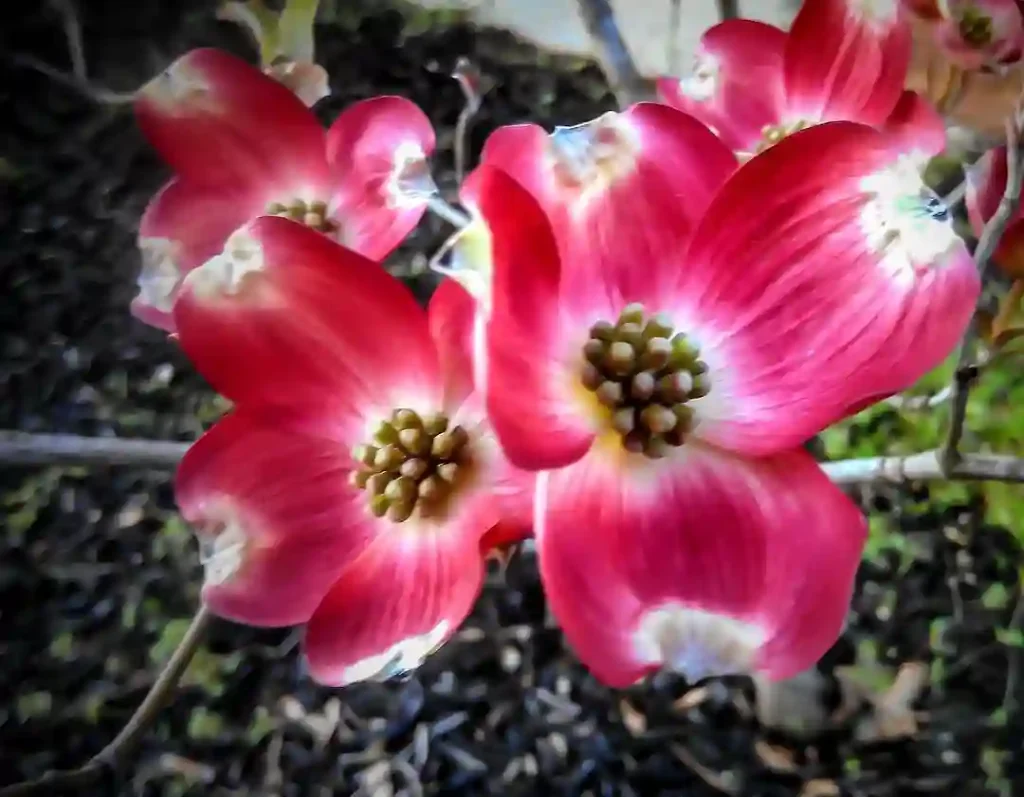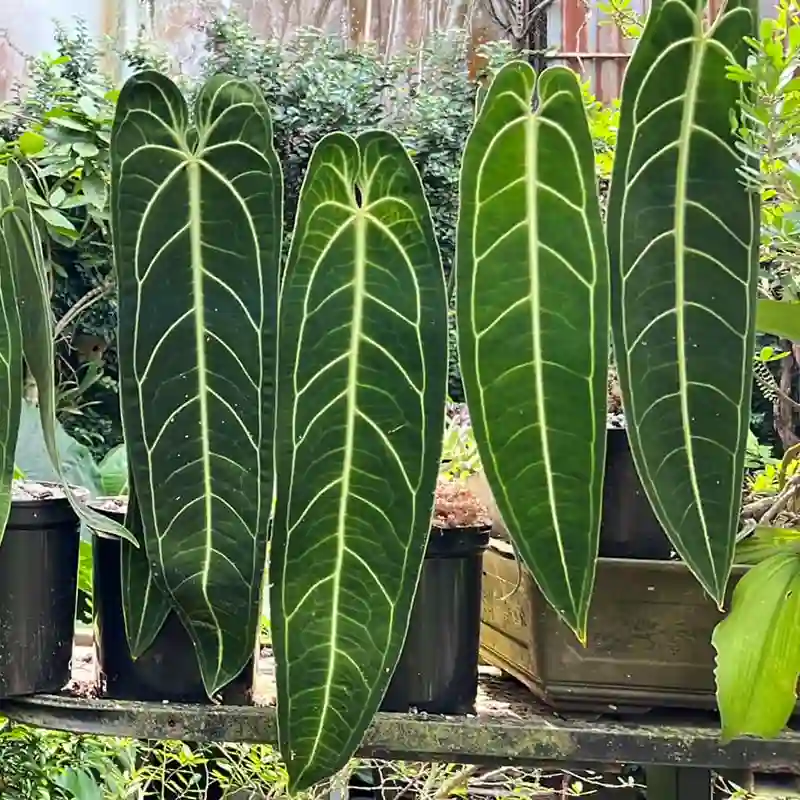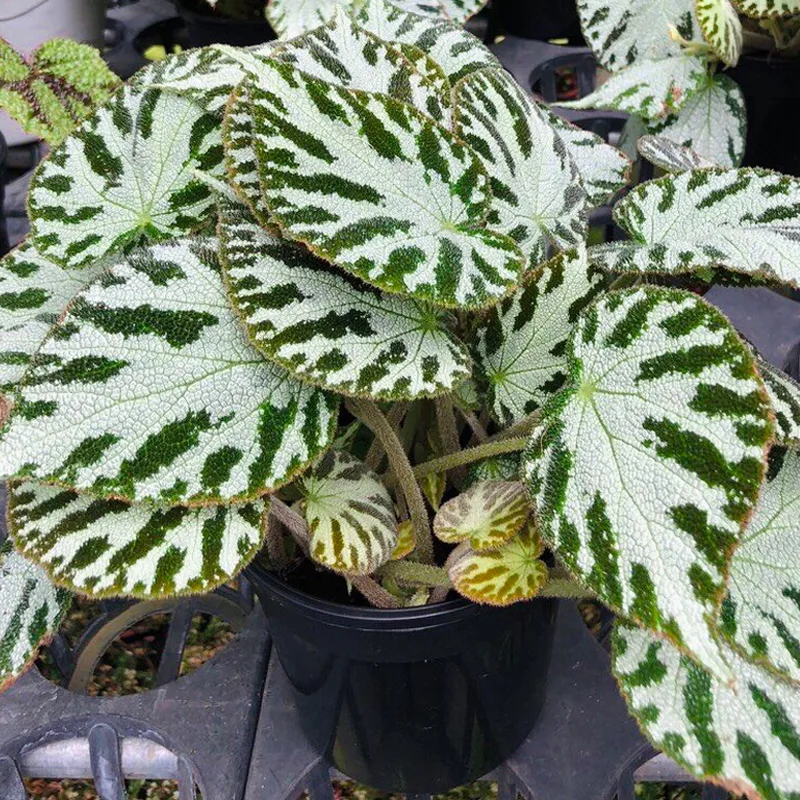All About the Netleaf Hackberry: A Q&A with Ferb Vu
Hi everyone, Ferb Vu here! Today, we’re diving into the fascinating world of the Netleaf Hackberry (Celtis reticulata). This resilient tree, native to North America’s Southwest, is a conversation starter in any landscape.
Whether you’re a seasoned gardener or a curious homeowner, I’m here to answer your questions about this unique species.
68 Species in Genus Celtis
What’s the Netleaf Hackberry Like?
The Netleaf Hackberry is a deciduous tree, meaning it sheds its leaves each fall. It can reach heights of 30 feet, with a wide-spreading canopy that provides excellent shade. Its bark is a grayish-brown, developing interesting checkered ridges as it matures.
The real showstopper, however, is the foliage. True to its name, the Netleaf Hackberry boasts a net-like vein pattern on its bright green, oval-shaped leaves. These leaves are smaller than its cousin, the Common Hackberry (Celtis occidentalis), adding a finer texture to the landscape.
Is Celtis Reticulata to Grow?
Absolutely! The Netleaf Hackberry is a champion of adaptability. It thrives in a variety of soil conditions, from sandy to loamy, as long as it’s well-drained. It tolerates both full sun and partial shade, making it suitable for many yards.
This drought-tolerant tree excels in hot, dry climates. Once established, it requires minimal watering, a welcome benefit for water-conscious gardeners.
How Does the Netleaf Hackberry Compare to Other Trees?
While the Common Hackberry shares similar characteristics, the Netleaf Hackberry offers a more delicate aesthetic. Its smaller leaves and finer branching create a lacier, airier feel.
Compared to other drought-tolerant trees like Mesquite (Prosopis glandulosa), the Netleaf Hackberry provides a more welcoming shade with its broader canopy. It’s also less likely to develop invasive root systems, making it a safer choice for planting near structures.
What are the Benefits of Planting a Netleaf Hackberry?
The benefits of this versatile tree are numerous:
- Low-Maintenance: As mentioned earlier, the Netleaf Hackberry requires minimal care. It’s perfect for busy homeowners or those seeking a low-water landscape solution.
- Wildlife Magnet: The small, orange fruit produced by the Netleaf Hackberry attracts a variety of birds, adding life and movement to your yard.
- Shade Provider: The wide canopy offers excellent shade during the hot summer months, making your outdoor space more enjoyable.
- Air Quality Improvement: Like all trees, the Netleaf Hackberry helps improve air quality by absorbing carbon dioxide and releasing oxygen.
Are There Any Drawbacks to Planting a Netleaf Hackberry?
While a fantastic tree for many landscapes, there are a few things to consider:
- Slow Growth: The Netleaf Hackberry is a slow-growing tree. Patience is key if you’re looking for instant shade.
- Messy Fruit: The small fruits can create some litter when they fall, requiring occasional cleanup.
- Susceptibility to Pests: While generally pest-resistant, the Netleaf Hackberry can be susceptible to certain insects like aphids and scales.
How Do I Care for a Netleaf Hackberry?
Caring for your Netleaf Hackberry is simple:
- Watering: Water deeply once a week during the first year, then gradually reduce watering as the tree matures. Established trees may only need occasional watering during extended dry periods.
- Pruning: Prune young trees lightly to encourage good branching structure. Mature trees require minimal pruning, but you can remove dead or crossing branches as needed.
- Fertilizing: Fertilizing is not necessary for established trees. However, you can give your young tree a boost with a balanced fertilizer in the spring.
Where Can I Find a Netleaf Hackberry?
Many reputable nurseries and online plant retailers offer Netleaf Hackberry saplings. Look for a healthy tree with a strong root system and vibrant green leaves.
With its resilience, beauty, and ecological benefits, the Netleaf Hackberry is a fantastic addition to any landscape. So, if you’re seeking a low-maintenance tree that provides shade and attracts wildlife, consider this unique and under-appreciated gem from the Southwest.
If i die, water my plants!



